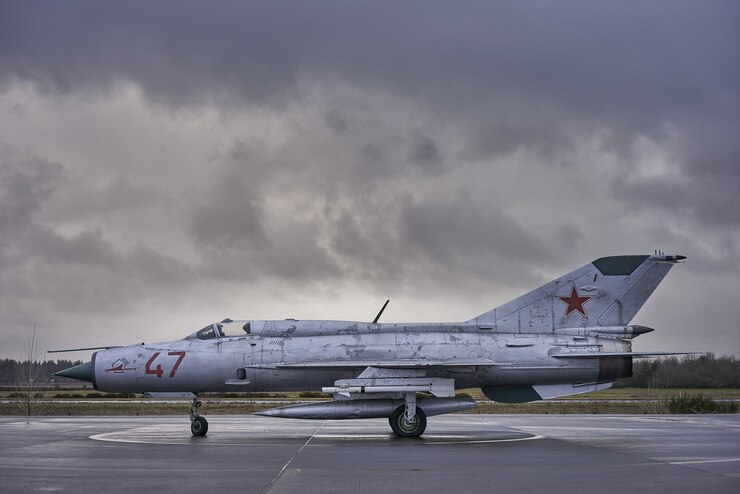The Backbone of Defense: Exploring Military Supply Chain Dynamics
December 3, 2024The military supply chain is a vital, yet often unseen, part of any successful military operation. It’s a complex system that involves everything from procurement to transportation, ensuring that soldiers have the equipment and supplies they need, wherever they are in the world.
The journey of military supplies is more than just moving boxes from one place to another—it’s about getting critical resources to the right location, on time, and in the right condition.
Key Components of a Military Supply Chain
1. Procurement
The process begins with identifying the specific items that are needed. This could be anything from weapons and vehicles to food and medical supplies.
Military agencies then negotiate contracts with suppliers to source these items, making sure that they meet strict quality standards and regulatory requirements.
2. Manufacturing
Once the items are sourced, manufacturers begin production, which could involve anything from assembling high-tech equipment to creating spare parts for military vehicles.
These items go through rigorous quality control and testing to ensure they meet military specifications, and production deadlines are crucial for keeping everything on track.
3. Storage and Warehousing
After manufacturing, supplies are stored in secure warehouses or depots. It’s important to store items efficiently, ensuring that inventory is easy to access while minimizing costs and preventing damage.
Advanced inventory management systems are used to keep track of stock levels and prevent shortages or overstocking.
4. Transportation and Logistics
The next step is transporting supplies to military units or distribution centers. The military uses air, sea, and land transport, depending on where the supplies are needed and the most efficient route.
Logistics teams plan and execute the movement of supplies, ensuring they arrive on time to maintain operational readiness.
5. Distribution
Once the supplies reach the destination, they are distributed to military units based on their specific needs. This requires careful coordination to ensure the right items are allocated accurately and delivered on time.
Challenges in Military Supply Chain Management
Managing the military supply chain is no small feat. Several challenges make this process difficult:
Complex Logistics: The supply chain involves numerous suppliers, manufacturers, and distribution centers, making coordination a complicated task.
Security Risks: Military equipment and supplies are high-value targets. Protecting these items from theft, loss, or damage is a constant concern.
Time Constraints: Speed is crucial. Delayed supplies can impact the readiness of military operations and affect overall success.
Supply Chain Disruptions: Unexpected events like natural disasters, geopolitical tensions, or global pandemics can disrupt the flow of supplies, leading to shortages or delays.
Strategies for Improving Military Supply Chain Efficiency
Despite these challenges, there are several strategies military organizations can adopt to improve supply chain operations:
· Technology Integration:
Using advanced technologies like AI, machine learning, and the Internet of Things (IoT) can significantly optimize supply chain management.
Predictive analytics can forecast future demand, helping to maintain optimal inventory levels and prevent shortages or overstocking.
· Strong Partnerships:
Building strong relationships with reliable suppliers and logistics providers helps ensure the supply chain runs smoothly and efficiently.
· Diversified Supply Chains:
Relying on a variety of suppliers reduces the risk of disruptions. It ensures a steady supply of critical items, even if one supplier faces challenges.
· Robust Security Measures:
Protecting sensitive materials and information is vital. Implementing strict security protocols safeguards supplies from theft or damage during transit and storage.
· Real-Time Tracking:
Technologies like GPS and RFID (radio frequency identification) allow for real-time tracking of supplies. This enhances transparency and helps logistics teams stay ahead of potential issues.
· Agile Supply Chains:
The ability to adapt quickly to changing requirements or unforeseen events is key. Agile supply chains are more resilient, able to respond to new needs or challenges in real time.
The Future of Military Supply Chains
As technology advances, the military supply chain is likely to become even more efficient and adaptable. Innovations like autonomous vehicles, drones, and 3D printing are set to revolutionize the way military supplies are produced, transported, and delivered.
By embracing these emerging technologies, military organizations will be able to improve operational readiness, reduce costs, and maintain the agility needed for future defense needs.

